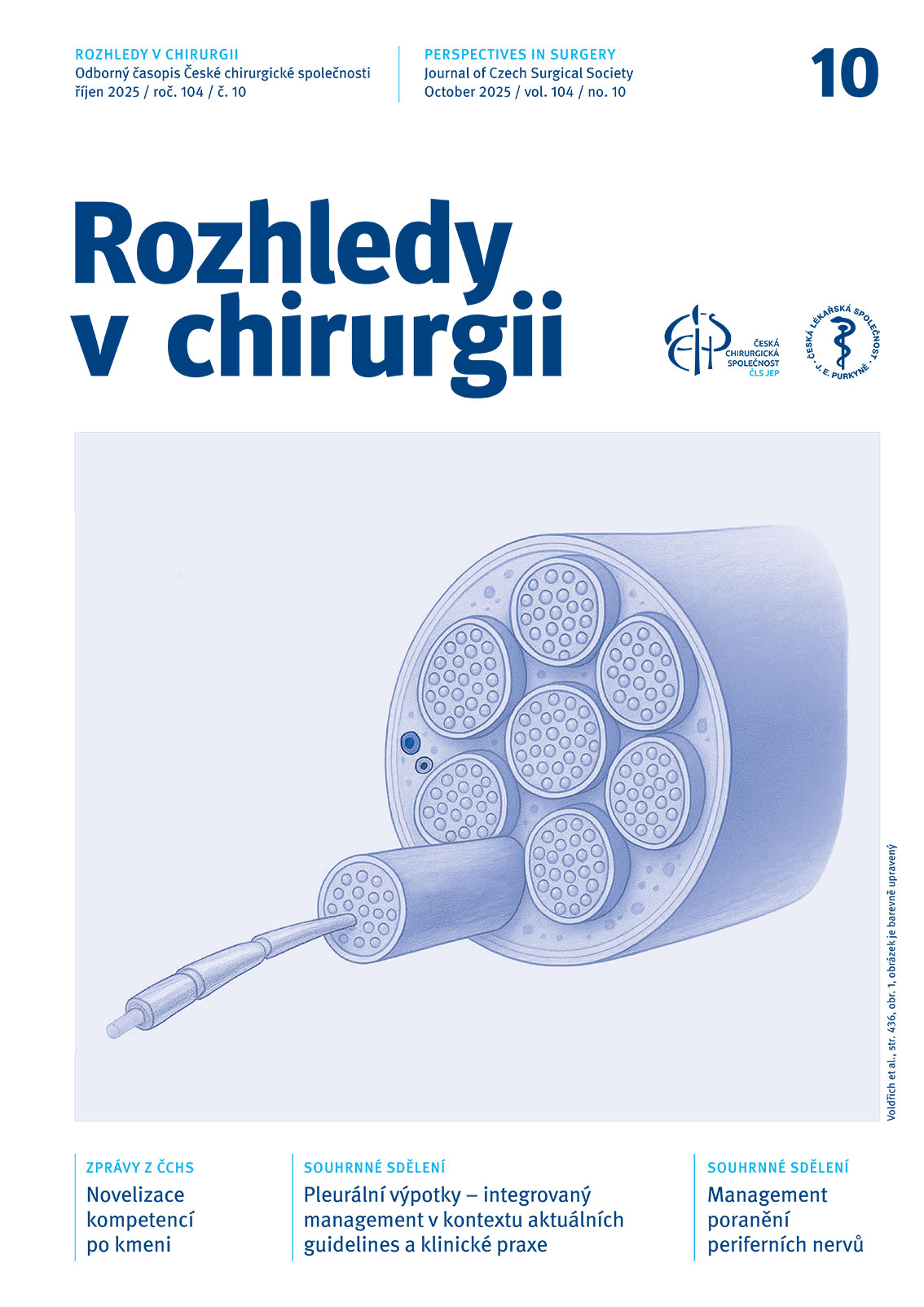Abstract
Over the time, preoperative surgical site antisepsis has demonstrated significant strides in both the understanding and practical application of antiseptic procedures. Surgical site infections (SSI) are still one of the most significant complications in health care providing. The source of the infection can be either endogenous by patient’s own bacterial flora or exogenous. Interventions to reduce the risk of SSI are necessary. Preoperative antisepsis of the surgical site is a critical step in the prevention of SSI. Nowadays the most widely used antiseptics are chlorhexidine and povidone-iodine (PVI). This article describes current procedures, the effectiveness of various antiseptic agents and recommendations for clinical practice. The results indicate that the use of chlorhexidine with alcohol reduces the occurrence of SSI more than PVI, which supports recommendations for its wider use in surgical practice. Frequent use of the products of daily use can cause allergic sensitisation, which leads to subsequent exposure during surgery and thus can cause an anaphylactic reaction in some patients. NAP6 study (National Audit Project 6: Perioperative Anaphylaxis) indicates the incidence of chlorhexidine anaphylaxis to be of 0.78 per 100,000 exposures. When selecting the antiseptic solution for preparation of surgical field, it is also important to take into consideration possible risk of anaphylactic reaction, which can endanger the patient greatly.
doi: 10.48095/ccrvch2025441

